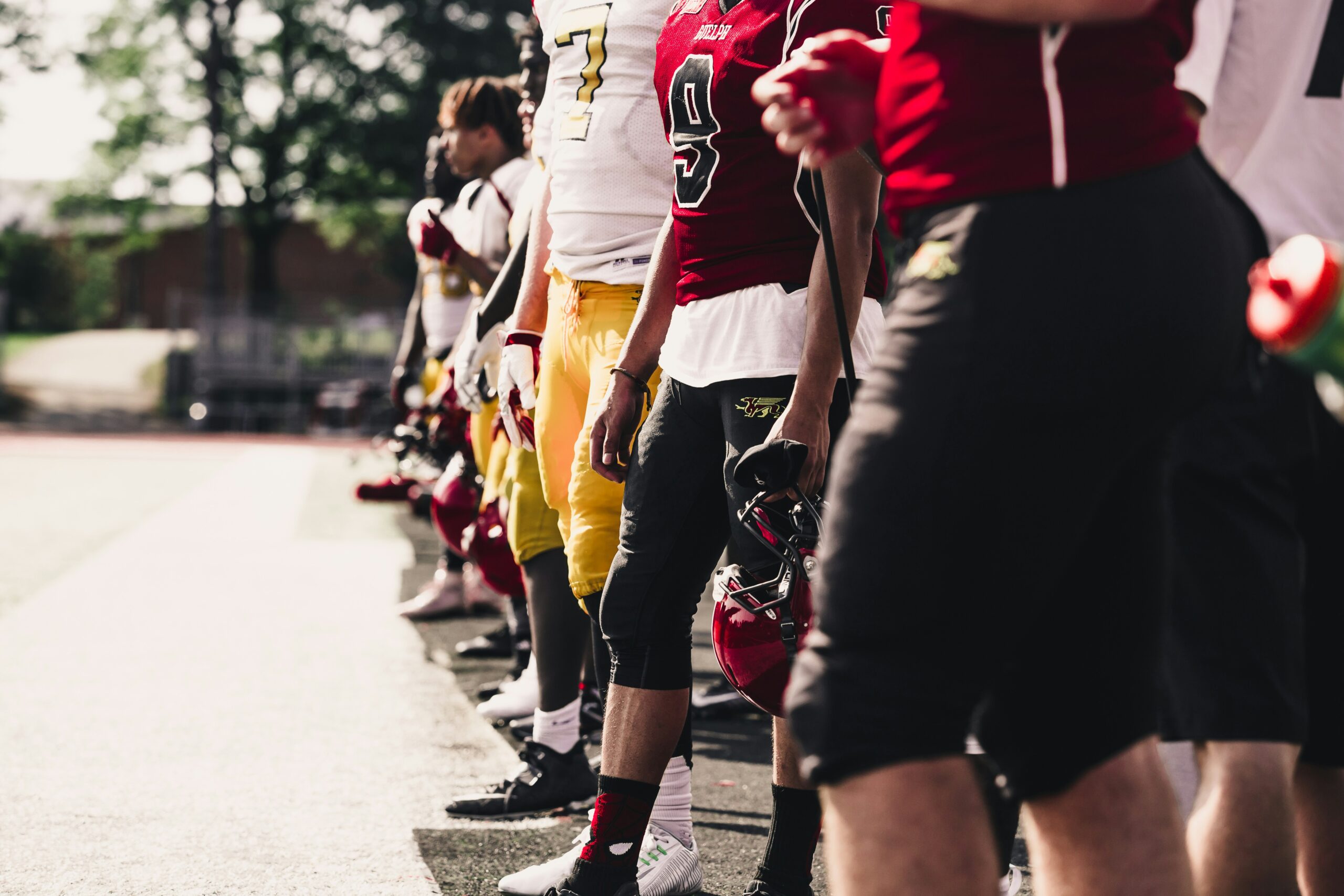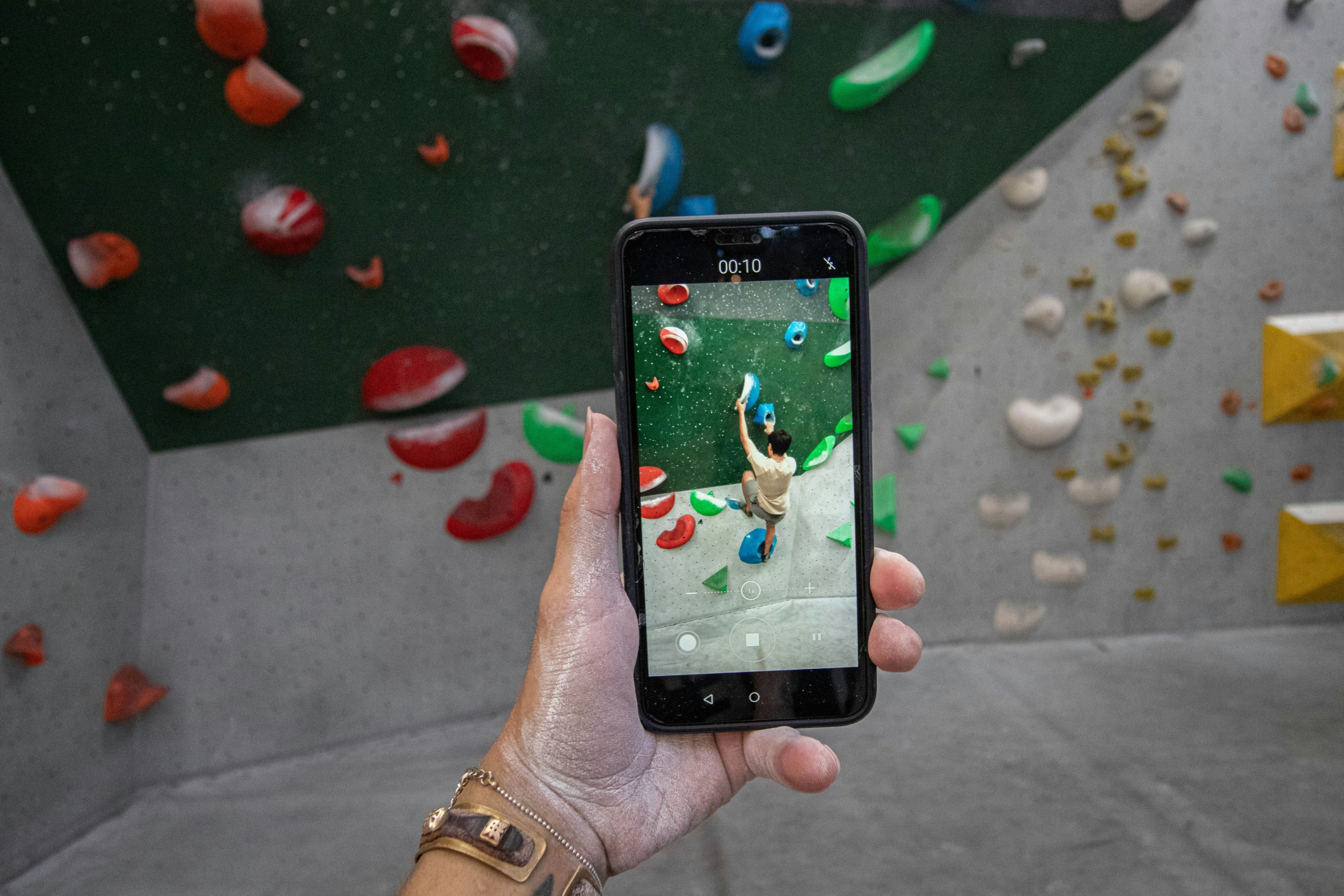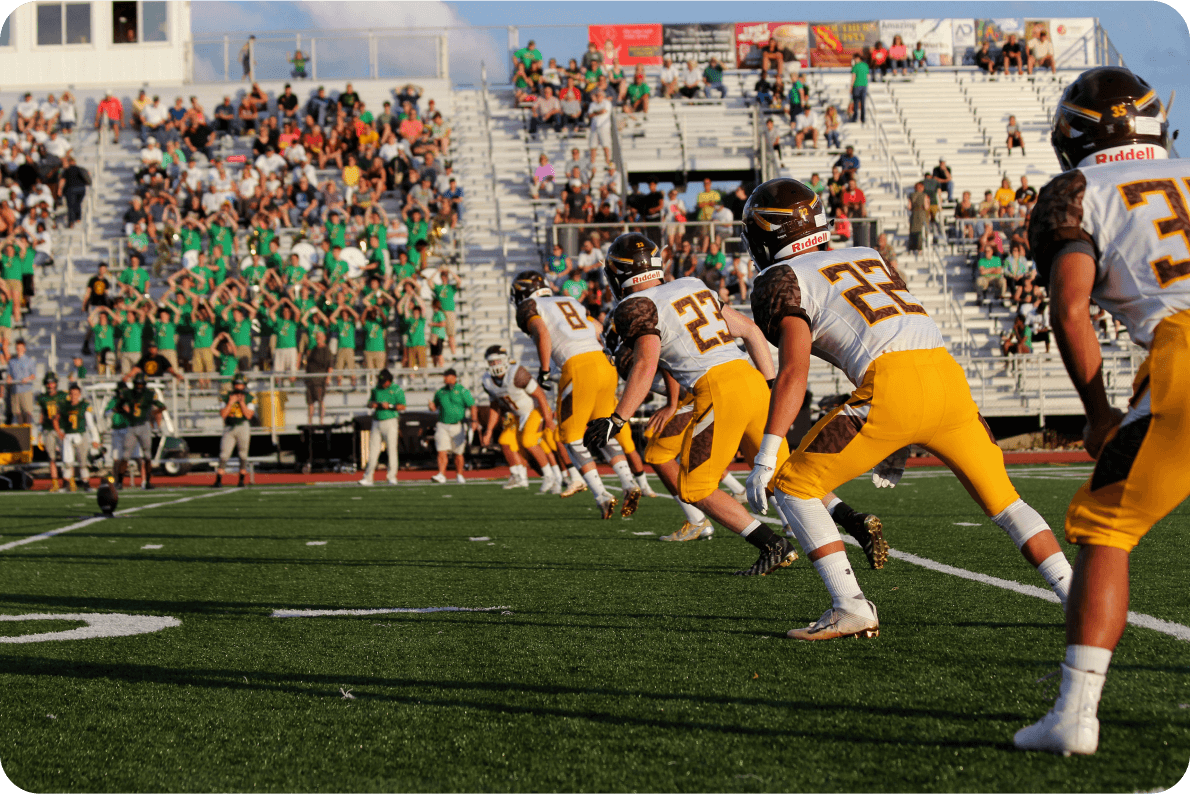As a college student, our client was involved with sports. He noticed that many applications available to athletes have a narrow range of capabilities. An application that shared video clips couldn’t manage an athlete’s nutrition goals. An application that managed nutrition goals would not allow communication between coaches and athletes. After searching through all the available applications, our client realized that there was a wide gap in the market for a solution that would combine all of these features into one cost-effective application.
Innovative Goal
Developing an all-in-one solution for athletes
-
Industry
Sport
-
Business Type
Software
-
Time Frame
Several months
-
Team
Business Analyst
Project Manager
Architect
Quality Assurance
Engineers
Developers
UI/UX Designers

The client founded a startup with the intention of creating this application that would enable student-athletes to better communicate with their coaches and each other. He wanted an intuitive interface that enabled users to be able to navigate from one module to another with ease.
Some of the modules he wished to include are:

With his idea clearly in place, our client began to search for a software development company to transform his idea into reality. As a startup, the client’s company lacked architectural expertise and an internal development team. He needed a software partner that could provide experience, project management, and allow him to collaborate and provide feedback that would be incorporated into the developing application.
Since this application was innovative and unique, it would need to be architected and designed from the ground up based on the specific set of user requirements. The application had to be available on the web, Apple App Store, and Android Play Store.
The client approached Swan Software Solutions, and they scheduled a free discovery call. Throughout the extensive discovery process, the client and the team at Swan Software Solutions discussed the requirements, needs, and goals of the app.
With a Project Manager, Architect, and Business Analyst all in the meeting, they provided the client with advice on how the application could be created in a way that met the needs of the market and the user base.

College sports have a long history. The first organized college sports club was founded in 1843 at Yale University. The Sport? Boating. Harvard copied Yale and began a boat club of their own. The two colleges competed in rowing races, and the first intercollegiate sporting event took place in Lane Winnipesaukee, New Hampshire. The race was two miles long, and Harvard’s Oneida team won the prize — a pair of silverinscribed black walnut oars. The event has been annual since 1859 and predates the Harvard-Yale football rivalry by over a decade. 1859 also witnessed the first intercollegiate baseball game between Amhearst College and Williams College

The first intercollegiate competition in the United States was held in 1852.
With the large number of student-athletes across the nation, our client’s idea had the potential to be a huge success and needed to have the ability to scale rapidly.
The number of high school student-athletes. Over 1,000,000 of these athletes are football players.
The number of NCAA student-athletes. Fewer than 2% of these student-athletes will become professional athletes. 1
The approximate number of high school football teams across the country.
The approximate number of high schools with basketball teams. Close to 1,000,000 boys and girls play on these teams.
The approximate annual revenue earned from college sports.
With the discovery process complete and contracts signed, the work of creating the application began. The first step was to put together the team required to create the application. With the need for availability across multiple platforms, the team needed to include developers skilled in a variety of programming languages. The final team included:

The application was developed with several modules
Video Libraries would allow the sharing of videos between the coaches and students. This feature would allow players and coaches to study film from their games and even create highlight reels.
Event Calendars would enable a team to coordinate schedules on a shared team calendar.
Nutrition capabilities would provide a place to track calories, monitor fitness goals, and call athletes to become accountable for their health and fitness goals. The ability to track water, nutrient, and food intake guaranteed that student-athletes would be empowered to take better care of their bodies. In addition, coaches would be able to provide better guidance to their athletes.
Document sharing allowed coaches and team members to share documents and files with each other. An inner team social feed and both group and private messaging encouraged better communication.
Rewards allowed coaches to present athletes with encouragement and incentives by giving them awards. This striving toward excellence inspired athletes to perform better.
Each of these modules needed to be designed within the application in an integral way, thereby allowing users to navigate effortlessly and intuitively between the modules. With a high percentage of the users likely to spend a significant amount of time within the application, user engagement and ease of use were both high priorities. The application was available across several platforms. Users would only need to download, fill out a simple application, and then sign up for a subscription before being able to take advantage of all the app had to offer.

The application was designed using AWS (Amazon Web Services) for storage, which is the most cost-effective solution based on the requirements of the application.
The programming was created using ReactJS, NodeJS, React Native, and WordPress.
A lengthy discussion with the client was held to determine the video resolution capabilities and upload limits
Amazon Web Services

JS

React

WordPress
Time frame
The architecture of the product was complex and unique. With the wide spectrum of requirements that necessitated the application be built from the ground up, it took several months to develop the initial MVP (minimum viable product). The application was uploaded to the App and Play stores, and improvements and updates can continue to make the product better.
The application was completed and deployed where it became accessible to coaches and student-athletes. The app was designed to support a wide user base and was created to allow for a rapid onboarding process. The application has lived up to these expectations and its popularity has soared.
The unique features, ease of use, and wide range of functions allow coaches and student athletes all over the country to communicate better and improve their games.





